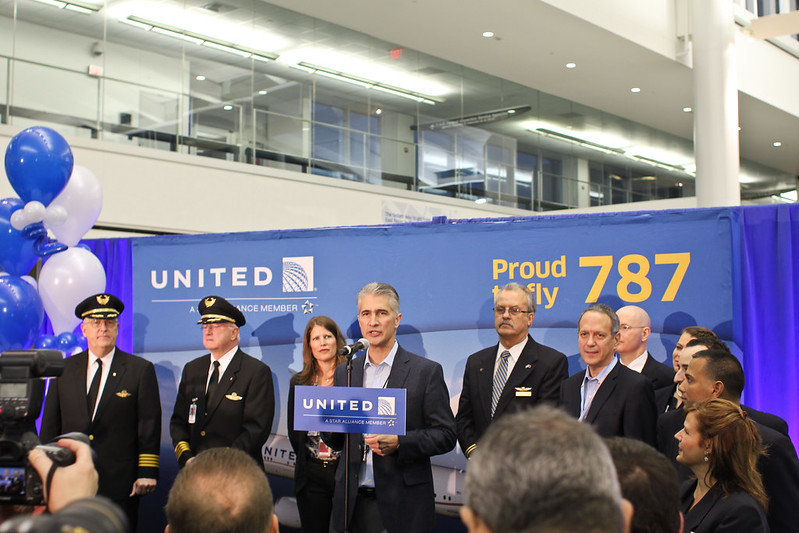I won’t go into the details of the changes to the MileagePlus reward charts, Seth has done a good job of that. The quick summary is this: United raised reward rates and in the case of rewards on partners, the numbers are really, really ugly. One example, a business class reward Mainland U.S. to Europe on United becomes 57.5k miles one way, which is not a bad increase, but a business class reward on a partner is now 70k miles one way. That’s a 40% premium over the original 50k mile one-way reward that has been the norm for a while.
There is a lot of speculation as to why United made these changes. Some point to the 3rd quarter 10Q and the liability mentioned for outstanding miles. While I am sure this is part of the reason, United also likely wanted to offset some of the costs that they are obligated for when a passenger redeems a partner reward.

Is the sky falling?
While the changes are definitely not great from a customer perspective, it is not the end of the world. You can still redeem reward trips for reasonable rates on United and Copa operated flights. I think the biggest negative is that for those of us in Houston or Denver (or even Los Angeles) our options to Europe are somewhat limited. People will be looking for the more affordable mileage option to their destination, meaning United metal. Without a lot of non-stop flights out of certain hubs to Asia and Europe you end up with a lot of people competing. So while the prices may not be restrictive, the availability may become very scarce. Some travelers will give up and pay the higher rate for a partner flight while others will look for different dates for their trip. I doubt there will be a mass exodus from United, but I am sure there are those, like me, who have started looking at other airline options.
One of the caveats of the rewards is that you can redeem partner flights at the United rate if the partner flight is in a lower cabin. So if you flying Houston-Frankfurt in United BusinessFirst, you can connect on Lufthansa in coach for the United redemption rate. While this is great for places like intra-Europe where business class is a coach seat with a nicer meal, it stinks for places you cannot get without a partner or where partner availability is scarce. I am thinking of Africa where you can get as far as Lagos in BusinessFirst but then what do you do? Or southern South America (Chile, etc.) where your options are really Copa or Avianca, the latter of which you will pay a premium for.
What to Do
I have received a couple of e-mails from Houston based flyers asking what they should do in the wake of the changes announced by United. I will be quite honest, I do not know what I am going to do. If you are a leisure traveler who was mileage running on United for miles and you are willing to hunt down United operated rewards, then I would say nothing should change for you. The 57.5k mile business class reward to Europe is still a good deal.
My travel revolves mostly around work and rewards were the bright spot of being on the road. I could redeem for a very nice trip for my wife and I and be happy. Keeping that same focus is probably my best course of action, even though I am tempted to jump ship to American Airlines. One thing holding me back is the impending merger of US Airways and American. We have no idea of what the results of that union are going to be, leaving me uncomfortable devoting a lot of my flying to either of those carriers. Once that becomes more clear, I will start thinking about my options again.
These changes certainly are not the end of the world and like Seth points out, there is an even more impactful devaluation in Northern South America upgrades, but United’s changes to the partner reward chart are certainly a kick in the gut. Sure, other Star Alliance airlines have different reward prices for flights on partners, but MileagePlus was United’s shining star. I have flown them weekly for the nearly the past three years and the product has suffered but I stayed loyal because I do like redeeming my MileagePlus miles and hardly had any problems doing so. I will have to see if that continues.
United has a pre-flight video that talks about reward travel with MileagePlus and how United has a vast network of destinations. They should leave that video but add a disclaimer at the beginning or end that lets people know they will be charged a premium to get to some of those destinations on partners.


